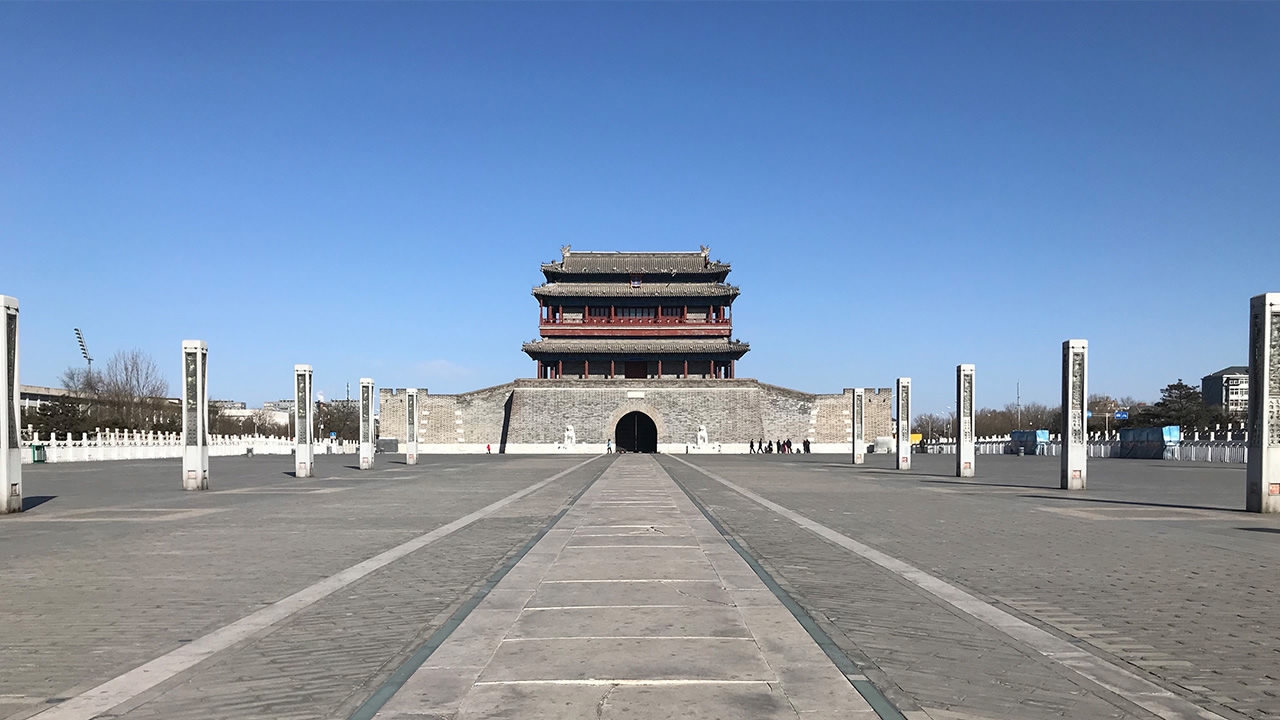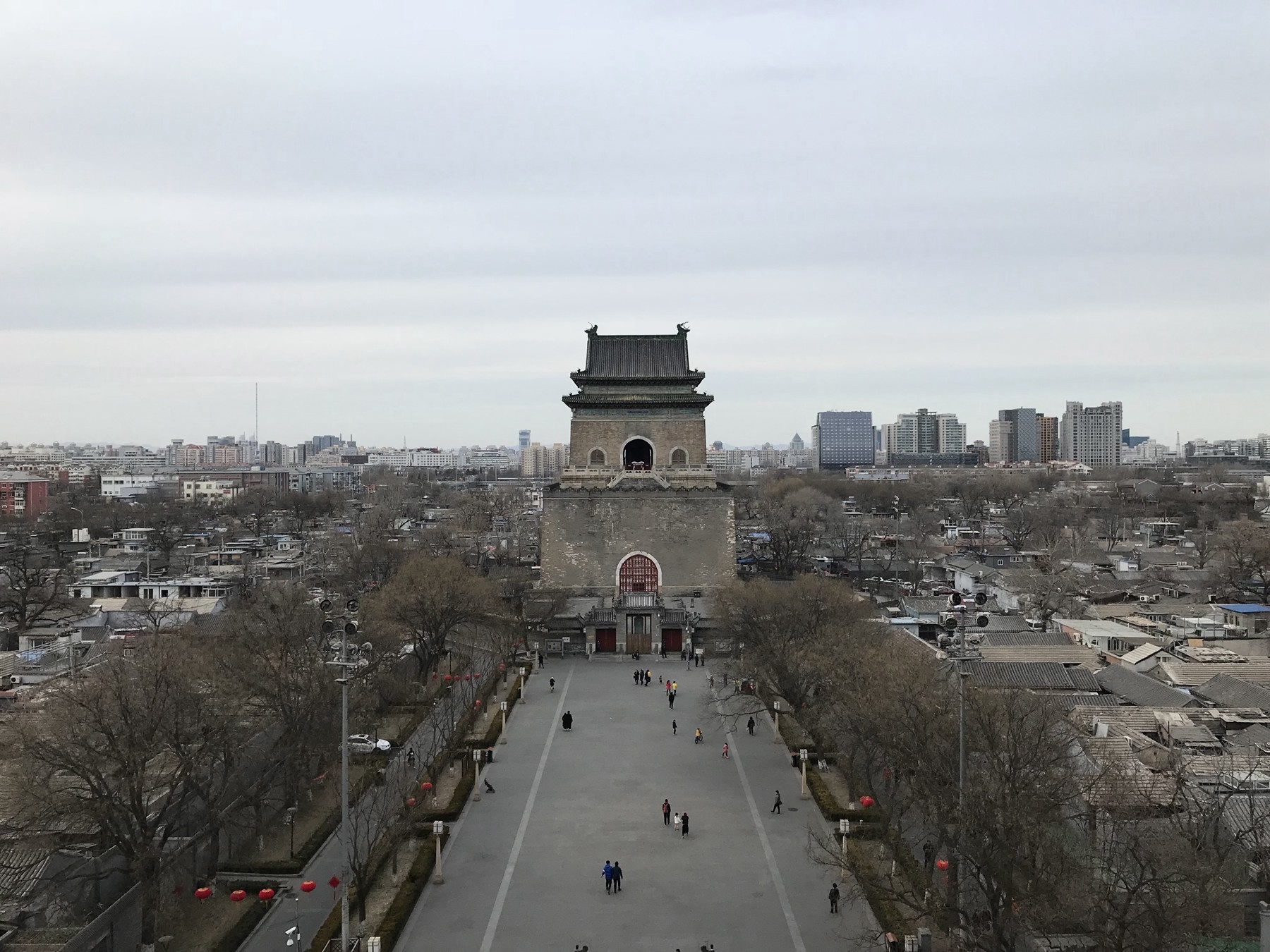
Culture
16:39, 15-Mar-2018
China's architectural heritage: Preservation efforts revolve around Beijing
By Yao Chin

Some of China’s most important buildings are to be found either along a straight line that runs north-south through the heart of Beijing, or built symmetrically alongside it. That line is called the Central Axis, and it’s a fascinating walk, as seen in the video report.
Like a “red carpet” of history, the Axis runs right through the gates of Imperial Beijing’s outer and inner cities, then into Tiananmen Square, before passing under the portrait of Chairman Mao and into the palatial realms of the Forbidden City and beyond.

The Axis ends at the Bell Tower and the rest is history. /CGTN Photo, Yao Chin
The Axis ends at the Bell Tower and the rest is history. /CGTN Photo, Yao Chin
Some of the buildings on the Axis date back as far as the Yuan Dynasty. Back then, there was a belief that the world revolved around the Chinese imperial court. Now what hinges on the Axis is an effort to preserve architectural heritage across China.
It stands as an example of the beauty of China’s cultural sites both in Beijing and across the country, and what can be done to preserve them. Many of the historic sites in former capital cities like Xi'an, Luoyang, Nanjing, and Kaifeng have disappeared.
It is hoped that the preservation of China’s architectural heritage will be spoken of at the Chinese People's Political Consultative Conference (CPPCC), China's top political advisory body, with the issue taken back to all corners of the country from there.

SITEMAP
Copyright © 2018 CGTN. Beijing ICP prepared NO.16065310-3
Copyright © 2018 CGTN. Beijing ICP prepared NO.16065310-3